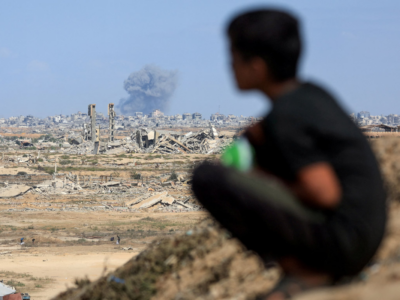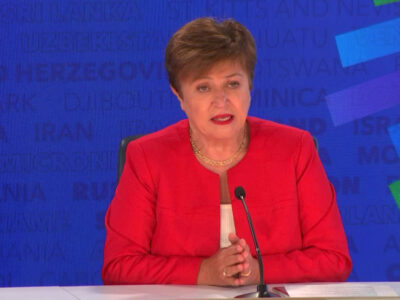Dubai’s economy is likely to grow 2.3 percent this year with the number of businesses and immigration flows on the rise as the Gulf Arab emirate recovers from the global crisis and its own debt woes, officials said.
The global credit crunch ended an oil and real estate led boom in the United Arab Emirates last year, sending the world’s third largest oil exporter into its first downturn since 1993. Dubai’s debt problems have slowed the economic recovery in 2010.
Arif Obaid al Muhairi, executive director at Dubai Statistics Centre (DSC), said the economy was growing again due to Dubai’s infrastructure and legal framework, which support foreign investment and the business environment.
“This helped strengthen the emirate’s economy in the face of the global financial crisis to produce positive growth during the first half of the year. It is expected to be 2.3 percent by the end of the year,” he was quoted as saying on its website www.dsc.gov.ae on Tuesday.
Muhairi’s forecast is more optimistic than that of the International Monetary Fund, which said Dubai’s economy is likely to grow by 0.5 percent this year on a pick-up in foreign trade after shrinking 0.9 percent in 2009.
In February, when uncertainties around flagship Dubai World weighed on the market, the IMF said it saw Dubai’s gross domestic product contracting 1.3 percent this year.
Dubai’s economy grew 5.7 percent in real terms in 2008. Official 2009 GDP data for Dubai are not available.
Real estate focused Gulf business hub Dubai is estimated to account for more than 32 percent of the economy of the UAE and around 80 percent of its non oil trade.
Dubai’s exports jumped 46 percent in the second quarter compared to a year ago, while re-exports and imports also expanded at double digit rates.
Concerns about Dubai’s liabilities, estimated at around $115 billion, have eased after state owned firm Dubai World reached a deal last month to restructure almost $25 billion of debt.
But worries still persist about the debt pile owed by key firms such as Dubai Holding Dubai and its firms face some $30 billion worth of debt to mature in 2011-2012.
Overall UAE credit growth remains anaemic due to bank exposure to Dubai debt, and is the main reason that leaves the OPEC country’s economy trailing its Gulf oil exporting peers.
POPULATION, BUSINESS UP
Muhairi also said Dubai’s population was on the rise, while the jobless rate in the city — known for ambitious projects such as artificial palm shaped islands – stood at just 0.8 percent.
He said: “According to field surveys, the rate of population growth was around 7 percent over the first nine months of the year. “The number of residents is estimated at 1.87 million.”
Dubai’s population is estimated to have risen at an annual rate of around 7.6 percent between 2006 and 2009 and unemployment was at 1.1 percent in 2008, DSC data show.
The number of businesses registered outside of Dubai free zones rose by 6 percent to around 147,000 in the first half from a year ago, and the growth rate was expected to reach 12 percent by year end, another government official said on Tuesday.
Mohammed Shael al Saadi, CEO of Business Registration and Licensing at Dubai Department of Economic Development, told Reuters: “It is an indication of investors putting their trust back again in Dubai.” Private sector business activity in the UAE hit a 10-month high in September.
A Reuters poll showed analysts expect the UAE economy to grow 2.4 percent in 2010. (Reuters)







